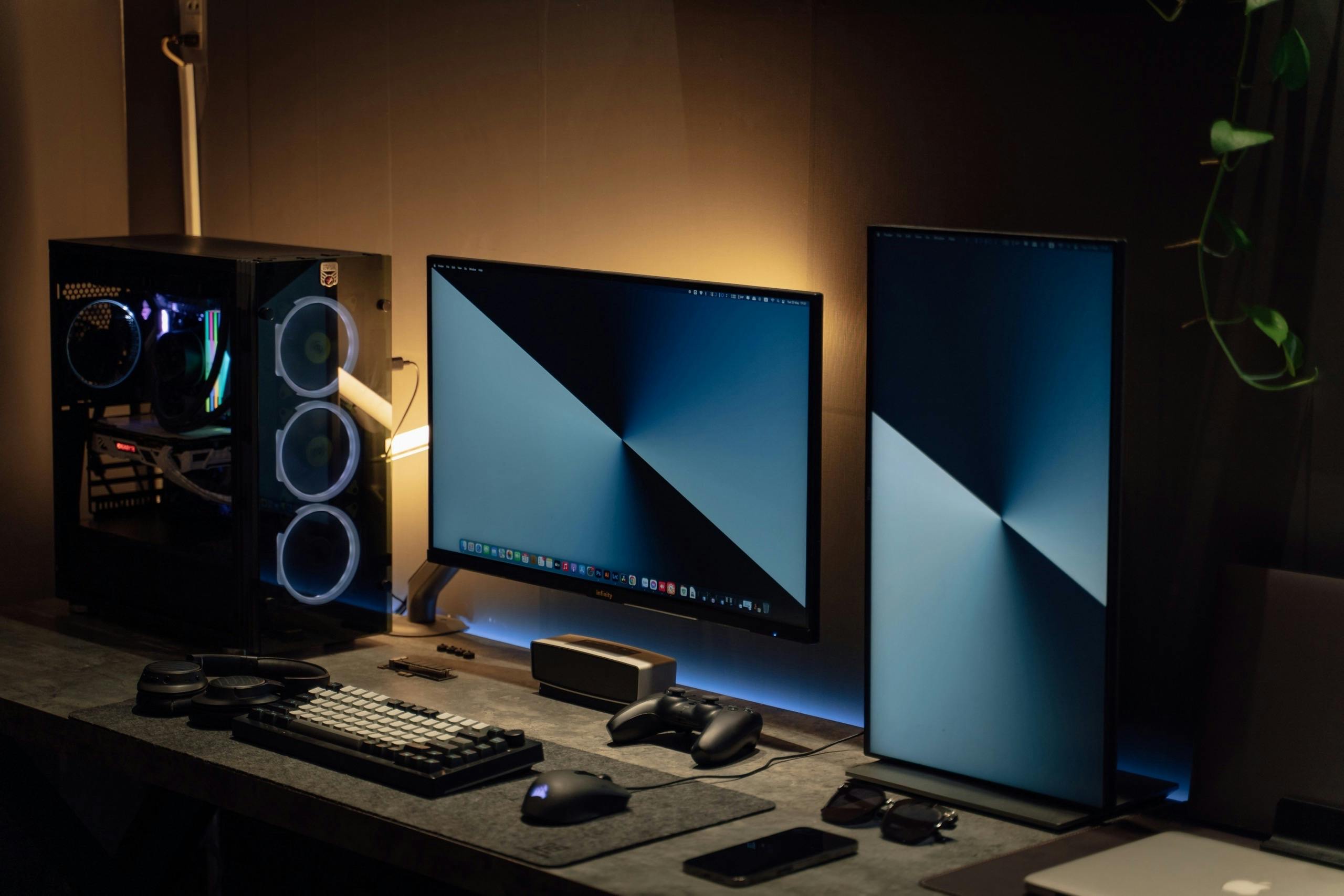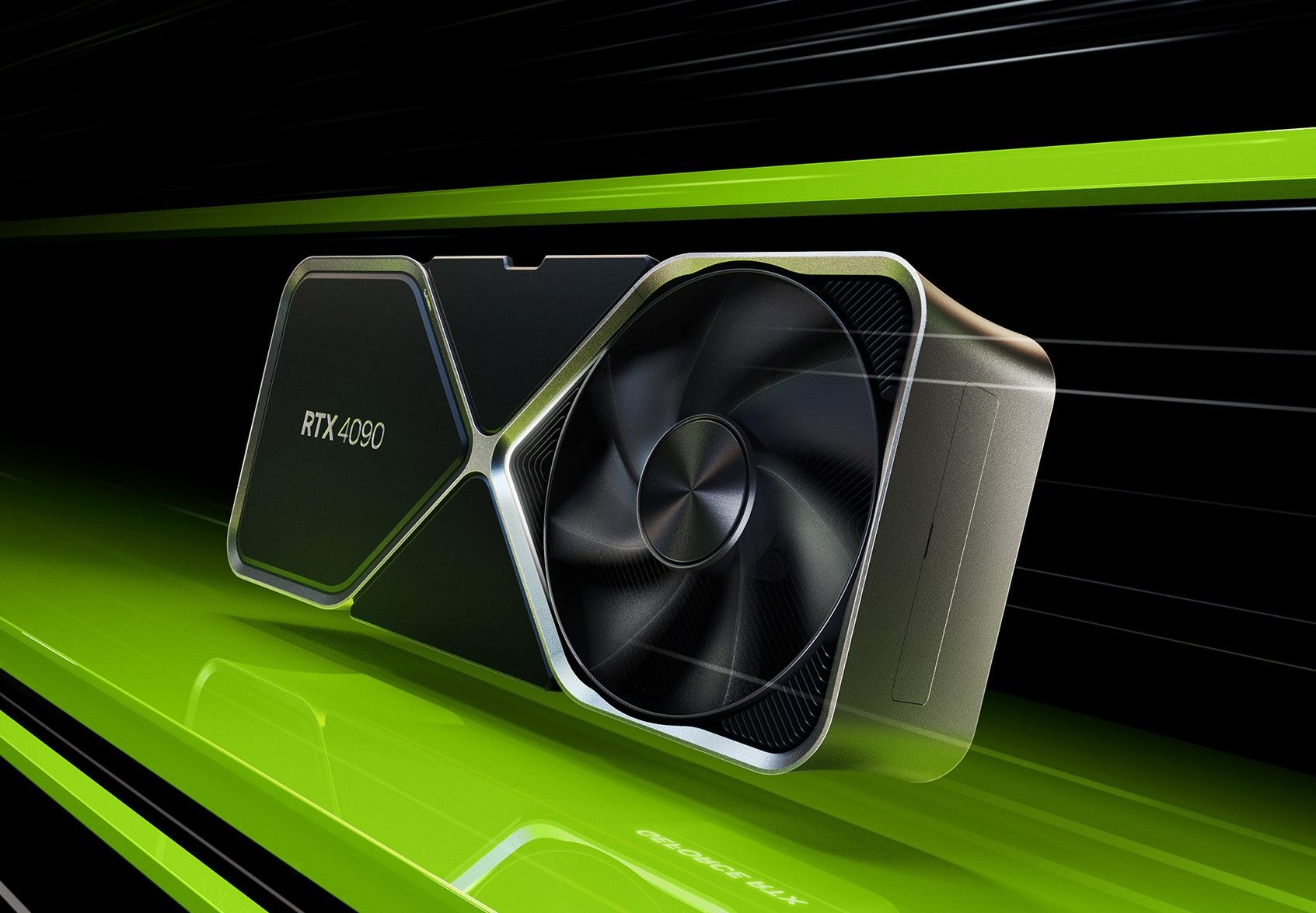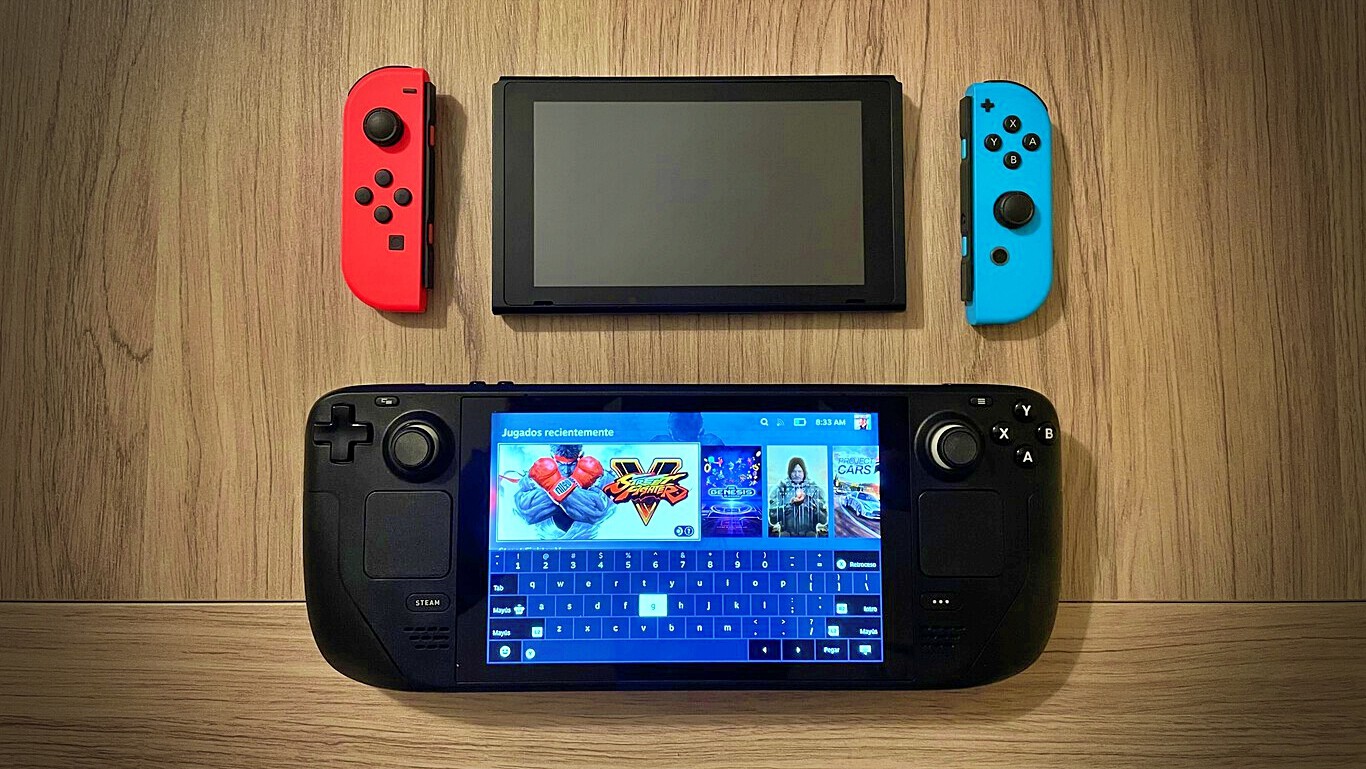The tech industry looks up to Nvidia as a leader. It is known for making GPUs that work very well. In order to play games and make AI work you need these GPUs. Because of the rise in demand for AI the company has gotten a lot of attention. The gaming world has changed a lot because of Nvidia technology. Deep Learning Super Sampling DLSS is one of its most cutting edge technologies.
DLSS improves the quality of images and how well games run. Artificial intelligence is used to improve graphics in real time. With this technology you can get good graphics without having to use powerful hardware. DLSS is built into more than 500 games and apps. As technology keeps getting better it adds new features that help gamers.
What Is DLSS?
DLSS is a technology that improves images in real time. Only Nvidia RTX graphics cards can use it. It uses deep learning to improve images with lower resolution. The goal is to make frame rates and graphics work better. With DLSS games can run at lower resolutions. After that it raises the resolution of them. It is the AI model job to keep the quality close to the native resolution.
There are already more than 500 games that use the technology. DLSS improves performance in games with lots of graphics and games that need a lot of resources. Users can change the technology to suit their needs. There are different resolutions and frame rates that gamers can choose from. With DLSS you don’t have to buy as much expensive hardware to get great visuals. It fills the gap between great graphics and fast gaming.
How Does DLSS Work?
Deep learning and convolutional neural networks are what make DLSS work. A convolutional auto encoder architecture is used. The encoder looks through the input data, compresses it and makes a summary of it. This summary draws attention to the picture’s most important parts. The high resolution image is then put back together by the decoder. It makes a new frame from the compressed data. Nvidia uses frame data with both high and low resolutions to train the model.
To teach the model a supercomputer goes through thousands of game scenes. The model is used to improve pictures in real time after it has been trained. Nvidia GPUs with tensor cores are used in the process. These cores were made to do AI tasks in particular. The model can increase the size of images without changing their quality. This real time improvement makes it possible for games to run smoothly even with less powerful hardware.
History And Evolution Of DLSS
1. DLSS 1.0
The first version DLSS 1.0 used a two step process to make images bigger. People didn’t like the way it looked because it relied on a single low resolution frame for improvement which made the details less accurate.
2. DLSS 2.0
With DLSS 2.0 temporal anti aliasing was added which used data from earlier frames to make images sharper and clearer. It made images clearer and better quality and it didn’t need to be trained for each game. This made it more flexible and effective at improving graphics.
3. DLSS 3.0
With DLSS 3.0 frame generation was added to the technology which made frame rates faster. By making new frames between two existing ones it greatly improved performance while keeping the quality of the graphics high. This made the game run more smoothly at higher resolutions.
4. DLSS 3.5
DLSS 3.5 added super resolution ray reconstruction which made ray traced effects better. It used AI to improve lighting and pixel details making reflections and lighting more accurate and improving image quality overall in scenes that require a lot of work when ray tracing is turned on.
Current DLSS 3.5 Functionalities
1. DLSS Frame Generation
DLSS 3.5 improves performance by using AI to create more frames. It looks at motion data and sequential frames to make new frames in between existing ones. This greatly increases frame rates while keeping gameplay smooth and responsive making the experience much smoother.
2. DLSS Ray Reconstruction
DLSS 3.5 makes ray traced images better by replacing old denoisers with ones that have AI power. This technology makes better pixels for ray traced scenes which improves lighting and reflections while keeping the details. It gets rid of the blurriness and artefacts that are common in ray traced graphics making the quality of the image better overall.
3. DLSS Super Resolution
AI is used by DLSS 3.5 to turn lower resolution images into frames with higher resolution. It takes several low resolution pictures and puts them together with motion data from earlier frames to make high quality images. This improves both performance and image quality so games run smoothly and graphics look almost like they did on the original device.
4. Deep Learning Anti Aliasing Dlaa
DLSS 3.5 has DLAA, an AI based anti-aliasing method that improves image quality. It uses the same super resolution technology to make a native resolution image that smooths out edges and makes games look better. DLAA makes things smoother and clearer at the edges.
DLSS Competitors
1. AMDs FidelityFx Super Resolution (FSR)
AMD’s alternative to DLSS is FSR which uses algorithms instead of deep learning to upscale frames. It uses fewer resources and works with a wide range of GPUs including Nvidia ones. FSR is easier to use but it doesn’t offer the same improvements in image quality and performance as DLSS.
2. Intels XeSS
Like DLSS Intel XeSS uses deep learning and AI to boost performance. Unlike DLSS which only works on Nvidia cards it can be used on any GPU that can handle DP4a AI calculations. Even though XeSS looks like it could work it is still in its early stages of development and doesn’t have as much support or maturity as DLSS.
DLSS In The Gaming Industry
The way games work has changed because of DLSS. It lets gamers enjoy great graphics without having to sacrifice frame rates. A lot of developers have started using the technology. It helps games run better even on hardware that isn’t very powerful. DLSS is very important for demanding games, especially ones with lots of graphics.
It strikes a good balance between performance and resolution. DLSS is likely to get even better as AI keeps getting better. This technology has already changed how games are played today. It gives developers the tools they need to make worlds that are more complex and beautiful. In the gaming world DLSS is likely to stay a key technology for many years to come.
Conclusion
Nvidia DLSS has completely changed how games are played. It has made it possible to get good graphics even with less powerful hardware. Advanced AI is used in technology to improve performance and make images look better. DLSS has changed over the years with each new version adding new features and making the old ones better.
DLSS keeps pushing the limits of what is possible in every way from making frames to reconstructing rays. Even though AMD FSR and Intel XeSS are alternatives, DLSS is still the best. As AI technology improves DLSS will continue to shape how games look in the future.












Leave a Reply